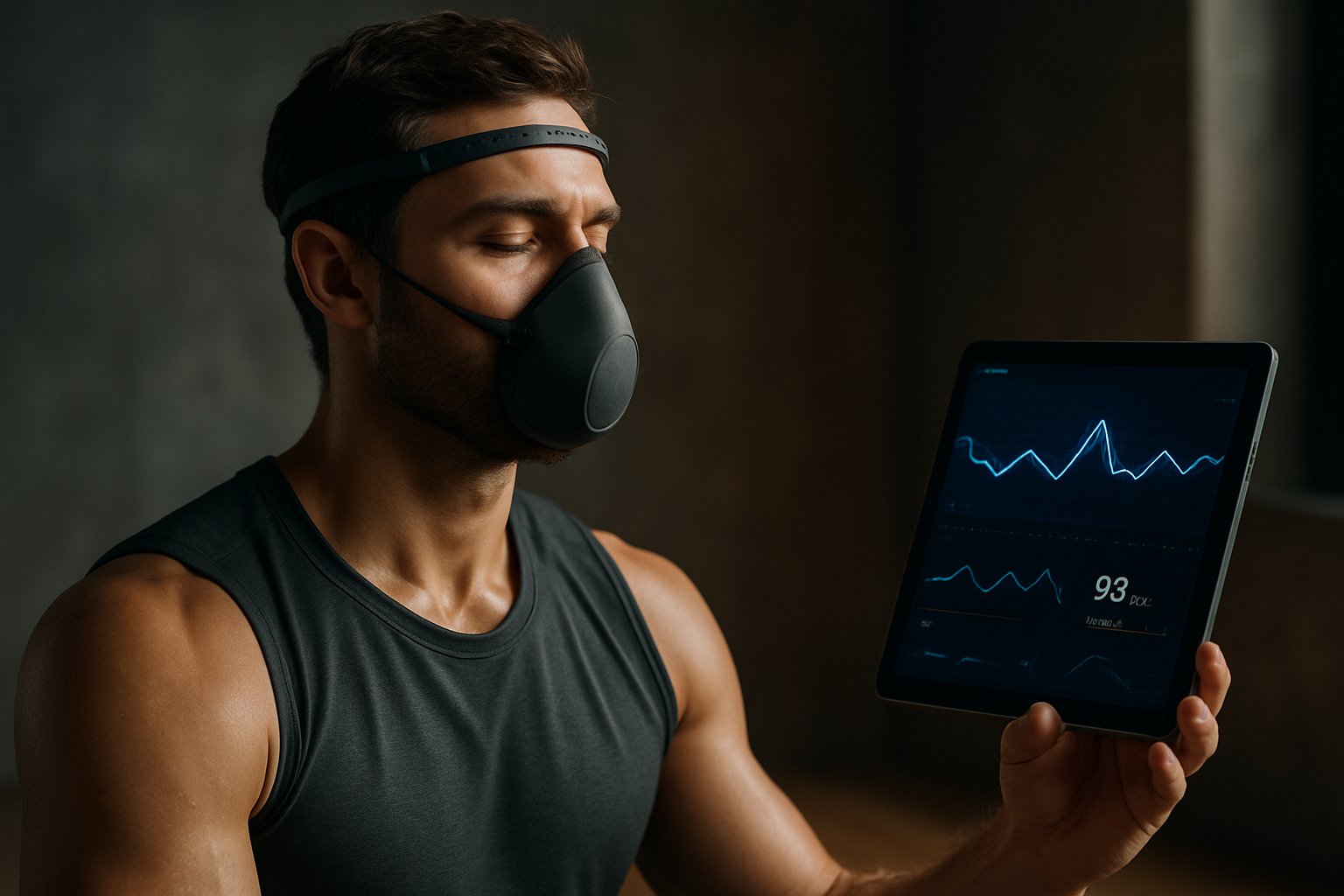Breathwork Biohacking: The Next Frontier in Fitness
In an era of constant innovation, a revolutionary approach to wellness is quietly gaining momentum. Breathwork biohacking, a cutting-edge fusion of ancient breathing techniques and modern science, is rapidly emerging as the next frontier in fitness. This transformative practice promises to unlock unprecedented levels of physical performance, mental clarity, and emotional well-being. As more athletes, executives, and health enthusiasts discover its potential, breathwork biohacking is poised to reshape our understanding of human optimization. Far from being a passing trend, this discipline represents a paradigm shift in how we approach personal health and peak performance.

Techniques and Protocols
Breathwork biohacking encompasses a wide array of techniques, each designed to elicit specific physiological responses. The Wim Hof Method, for instance, combines hyperventilation with breath retention to boost immune function and cold tolerance. Buteyko breathing focuses on nasal breathing and reduced respiratory volume to improve oxygen utilization. Box breathing, a technique used by Navy SEALs, involves equal counts of inhalation, hold, exhalation, and hold to induce calm and focus. Advanced practitioners often incorporate technology such as capnography devices to monitor CO2 levels and optimize their breathing patterns in real-time.
Applications in Athletic Performance
Athletes across various disciplines are turning to breathwork biohacking to gain a competitive edge. By mastering these techniques, athletes can enhance their endurance, reduce recovery time, and improve mental focus. Olympic swimmers have been known to use CO2 tolerance training to increase their ability to swim underwater for longer periods. Marathon runners employ nasal breathing techniques to improve their running economy and reduce the risk of exercise-induced asthma. Even in team sports, players are using pre-game breathing protocols to enter optimal performance states and manage pre-competition anxiety.
Cognitive Enhancement and Stress Management
Beyond physical performance, breathwork biohacking is making waves in the realm of cognitive enhancement and stress management. Silicon Valley executives and Wall Street traders are adopting these techniques to sharpen their decision-making skills and maintain composure under pressure. Neuroscientists have observed that certain breathing patterns can synchronize brain waves, leading to improved focus and creativity. Some companies are even incorporating breathwork sessions into their corporate wellness programs, recognizing its potential to boost productivity and employee well-being.
Integration with Wearable Technology
The rise of wearable technology has accelerated the adoption of breathwork biohacking. Advanced smartwatches and dedicated breathing devices now offer real-time feedback on respiratory rate, heart rate variability, and even blood oxygen levels. This data allows users to fine-tune their breathing practices and track their progress over time. Some devices use haptic feedback to guide users through specific breathing exercises, making it easier for beginners to maintain proper technique. As these technologies become more sophisticated, we can expect to see even greater integration between breathwork biohacking and personal health monitoring.
Potential Risks and Precautions
While breathwork biohacking offers numerous benefits, it’s not without potential risks. Hyperventilation techniques, if performed incorrectly, can lead to dizziness, tingling sensations, or even fainting. Individuals with certain medical conditions, such as high blood pressure or epilepsy, should consult with healthcare professionals before engaging in intensive breathwork practices. It’s crucial for practitioners to start slowly and gradually build up their capacity. Proper education and guidance from experienced instructors are essential to ensure safe and effective practice.
The Future of Breathwork Biohacking
As research in this field continues to expand, we can anticipate breathwork biohacking becoming increasingly mainstream. Universities and research institutions are launching dedicated studies to explore the full potential of these techniques. We may soon see breathwork protocols tailored to specific health conditions or personalized based on genetic profiles. The integration of artificial intelligence could lead to adaptive breathing programs that adjust in real-time based on an individual’s physiological responses. As our understanding of the mind-body connection deepens, breathwork biohacking is likely to play a central role in the future of preventive healthcare and human performance optimization.





